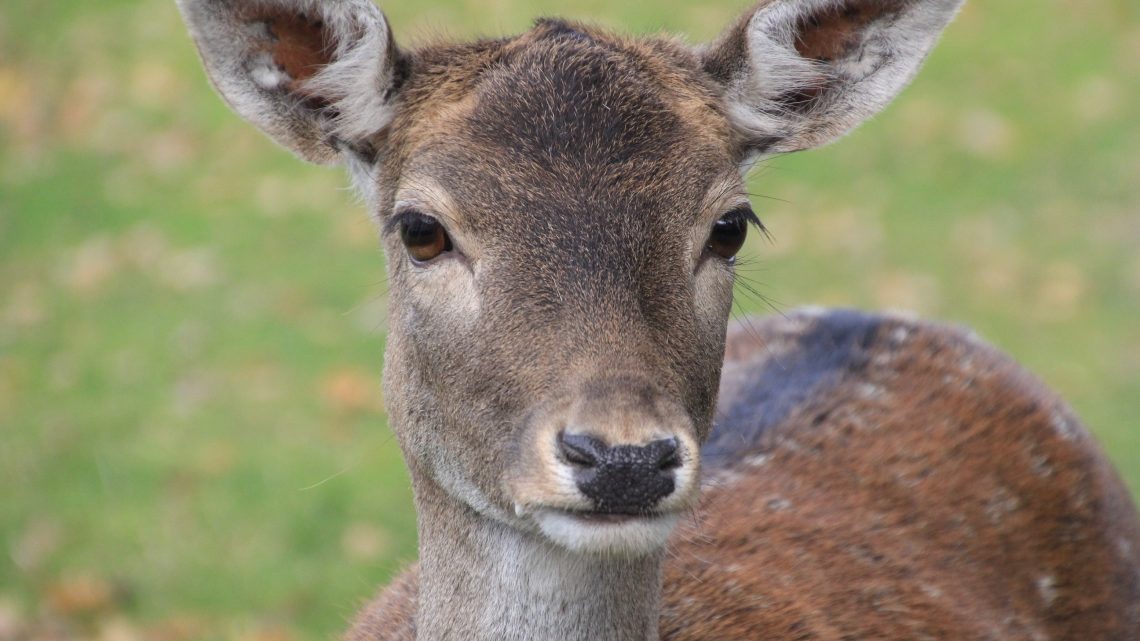Our expert botanist reports on her visit to Knepp
23 November 2022
On 30th July I went with Margaret Broadbent and a coach-load of others to Knepp. This estate, south of Horsham in West Sussex, some 20 years ago was not producing a living wage. Its owner, Sir Charles (Charlie) Burrell, decided to turn it into a re-wilding estate. All modern farming methods were abandoned and native animals, or their equivalent, introduced instead to learn how they affected the landscape before man began its control in small ways 5,000 years ago.
All gates on the estate were removed and hedges round the fields allowed to grow. Some fields were planted with a variety of trees to form coppices. All farm animals were sent to market. In their place came free-moving/roaming herbivores such as Old English Longhorn cattle, red, fallow and roe deer (browsers and grazers), Exmoor ponies (grazers), Tamworth pigs (rootlers in the woods) but no carnivores such as wolf, bear and lynx. These animals were left to their own devices but checked every day to ensure that all was well, until the day came to cull them. The estate’s publicity notes that a total of 75 tonnes (live weight) of deer and cattle meat are sold every year thus producing much needed funds to run the estate. The cull also ensures that there are not so many grazing animals that the land is over-grazed.
I found that the new coppice trees were growing well and noticed that some had been trimmed to protect any of the visitors who provide much of the revenue needed for the estate. Margaret and I walked through field after field of bright yellow ragwort flowers (Senecio vulgaris now known as Jacobeae vulgaris) and were shown a few plants with plenty of the orange striped caterpillars of the Cinnabar moth eating away to their hearts’ content. It was a hot day and I was excited to see storks nesting at the top of a nearby tree. I suspect that the cattle and deer were sheltering in the shade near the river because we did not see any until later in the afternoon when a couple of roe deer moved quietly on the far side of a coppice. Soon afterwards we saw three Tamworth piglets at the far end of another
coppice.
I was disappointed not to see any of the larger animals and I suspect that Burrell was just as anxious as I was about the invasion of ragwort, because their non-intervention policy meant that the staff could do nothing about it. Gossip tells me that he is now after another estate somewhere in East Anglia where the similar management could have more rules attached.



